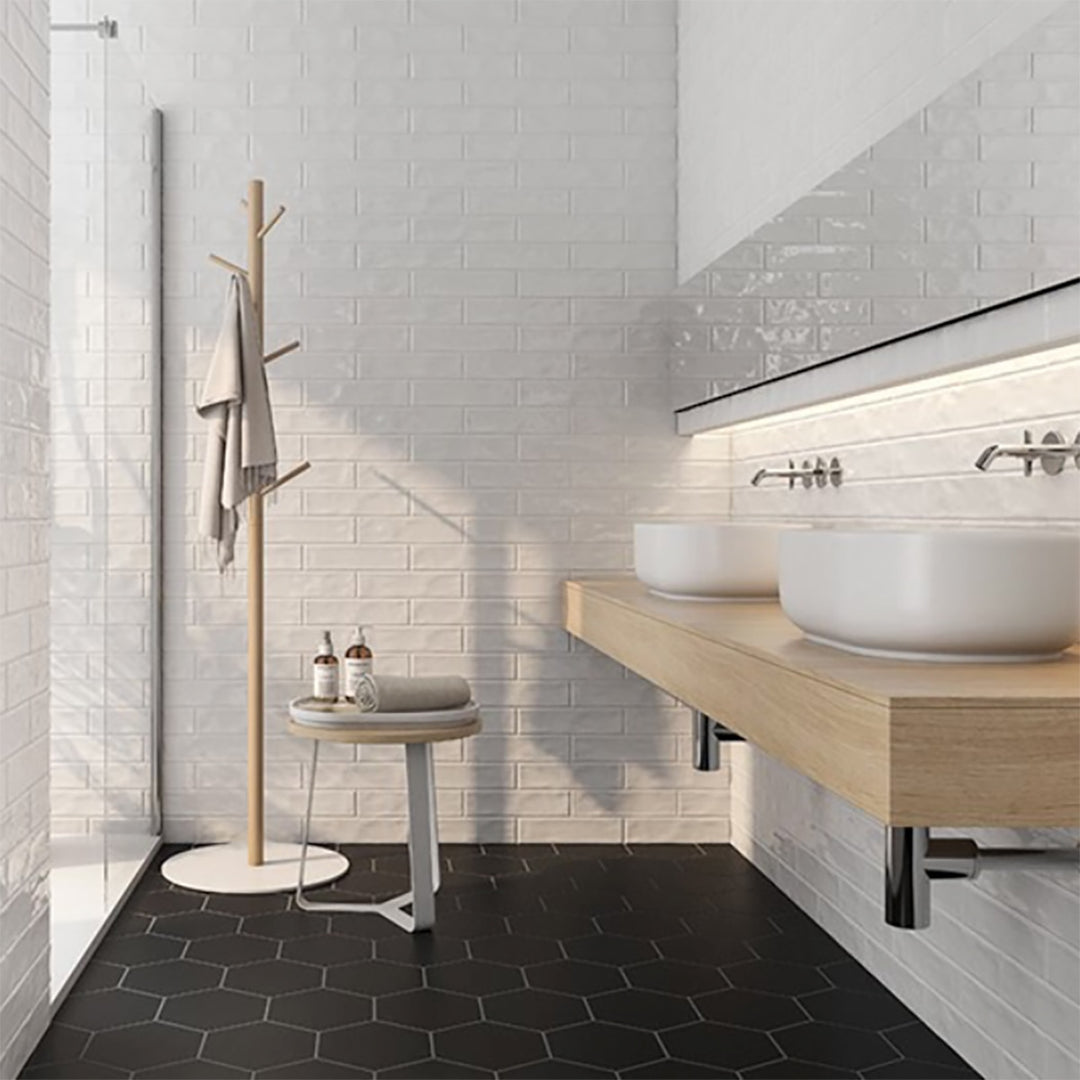Practical and Chic: How Ceramic Tiles Elevate Your Home Decor
Ceramic tiles have been used for centuries as a durable and practical option for flooring and walls. With advancements in technology, ceramic tiles are now available in a vast range of colors, patterns, and textures, making them a popular choice for modern homes. Here, we will explore different types of ceramic tiles and their applications in various spaces.
Ceramic Wall Tiles
Ceramic wall tiles are perfect for adding a decorative touch to any room. They are versatile and available in various colors, sizes, and designs. Ceramic wall tiles can be used in kitchens, bathrooms, and living areas. They are easy to clean and maintain, making them an excellent choice for high traffic areas.
Ceramic Floor Tiles
Ceramic floor tiles are durable, long-lasting, and easy to clean. They are ideal for high traffic areas and are available in a range of colors, sizes, and patterns. Ceramic floor tiles can mimic the look of natural stone, wood, or concrete, adding a stylish touch to any room.
Ceramic Tiles for Bathroom
Ceramic tiles are an excellent choice for bathrooms as they are waterproof, easy to clean, and available in various colors and designs. Ceramic bathroom tiles can be used on floors, walls, and shower stalls. They can create a seamless look in the bathroom and add a stylish touch to the space.
Ceramic Kitchen Tiles
Ceramic tiles are a popular choice for kitchen floors, walls, and backsplashes. They are durable, easy to clean, and available in a range of colors, patterns, and designs. Ceramic kitchen tiles can create a cohesive look in the kitchen, adding a touch of style and sophistication.
Black Ceramic Tiles
Black ceramic tiles are a popular choice for modern homes. They can add a touch of elegance to any space and create a sophisticated look. Black ceramic tiles are available in various sizes and patterns, making them a versatile option for floors, walls, and backsplashes.
Ceramic Flooring
Ceramic flooring is durable, easy to maintain, and available in a range of colors, patterns, and sizes. It can mimic the look of natural stone, wood, or concrete, adding a touch of sophistication to any space. Ceramic flooring is ideal for high traffic areas and can create a cohesive look in any room.
Wall Ceramic Tiles
Wall ceramic tiles are versatile and available in various colors, sizes, and patterns. They can be used in kitchens, bathrooms, and living areas.
> FREQUENTLY ASKED QUESTIONS (FAQ)





















